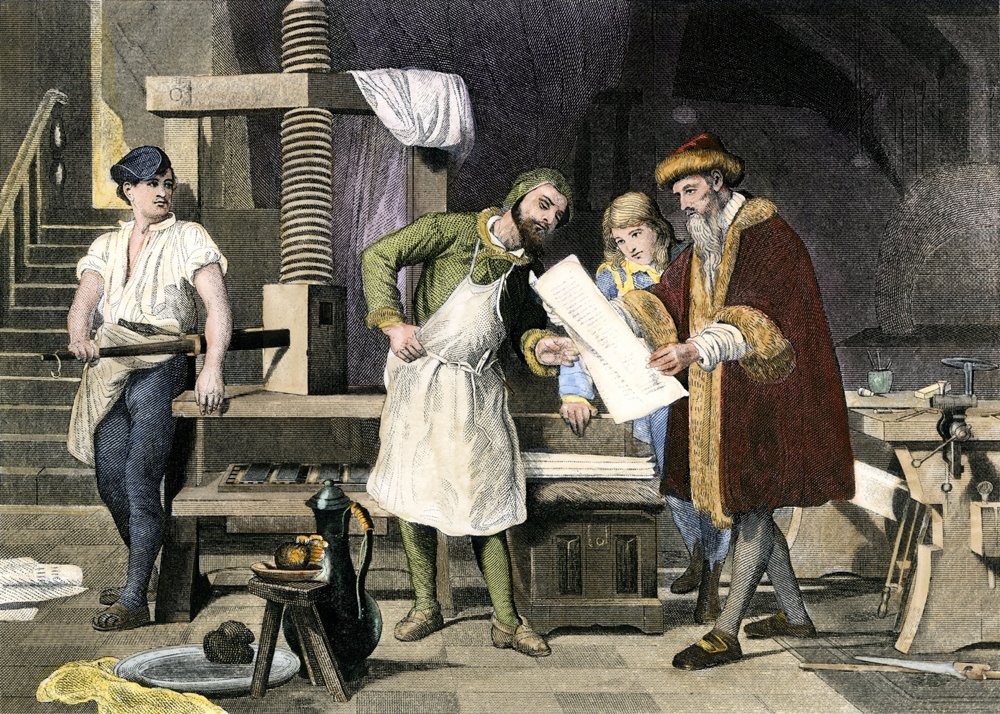#278 Gutenberg’s System of Movable Type
The forefather of mass machine production, Johannes Gutenberg’s System of Movable Type revolutionized the printing process. Not only did it lower the cost of printing, but more importantly it created an environment whereby the expansion of literacy across the world moved at a rapid pace like never before.
Gutenberg's system replaced the laborious process of copying texts by hand, paving the way for the Renaissance, Reformation, and Scientific Revolution.
Gutenberg, a German goldsmith, utilized his metalworking expertise to develop a complete, practical, and efficient printing system. His innovations included:
- Standardized Alphabet: Gutenberg's modular Latin alphabet allowed for consistent, versatile, and efficient printing.
- Durable Alloy: The lead, tin, and antimony alloy was durable and soft enough for casting, enabling reuse.
- Adjustable Mold: The mold allowed for precise, rapid casting of letters in various sizes and styles.
- Oil-Based Ink: The new ink was more durable and adhered better to metal type, ensuring the longevity of printed materials.
Gutenberg's System of Movable Type made the production of books and printed materials faster, more affordable, and accessible, leading to an explosion of knowledge, ideas, and literacy that changed the course of human history. The invention of the movable type system is considered one of the most significant technological advancements of all time, with Gutenberg's printing press often referred to as the catalyst for the modern age. Gutenberg's innovative printing system revolutionized printing and knowledge dissemination, having far-reaching effects on the spread of ideas and the development of modern society.
Landmark Location
This landmark was approved as part of ASME’s Virtual Landmark Program.
Landmark recognition date
February 2019
Download Brochure